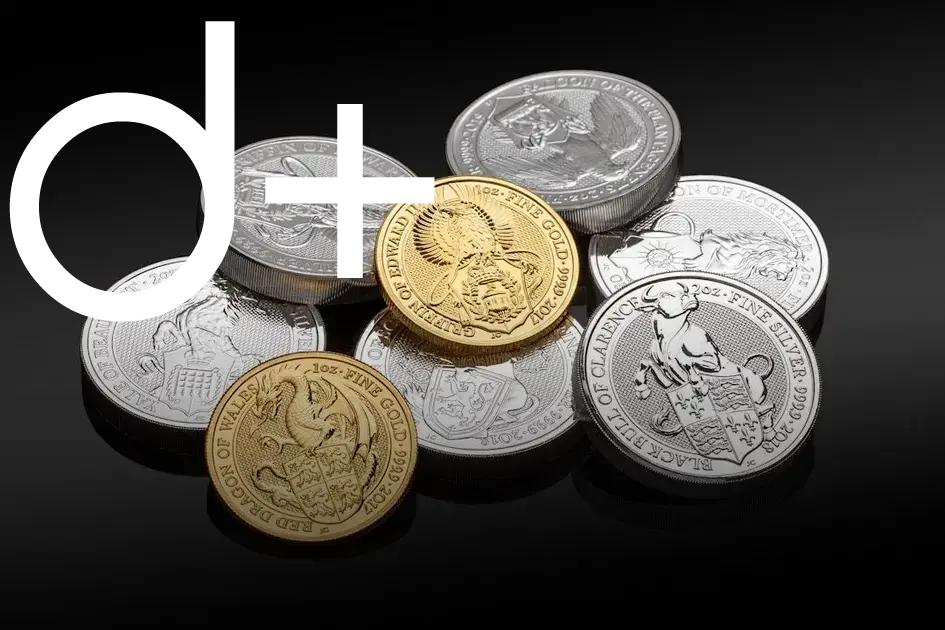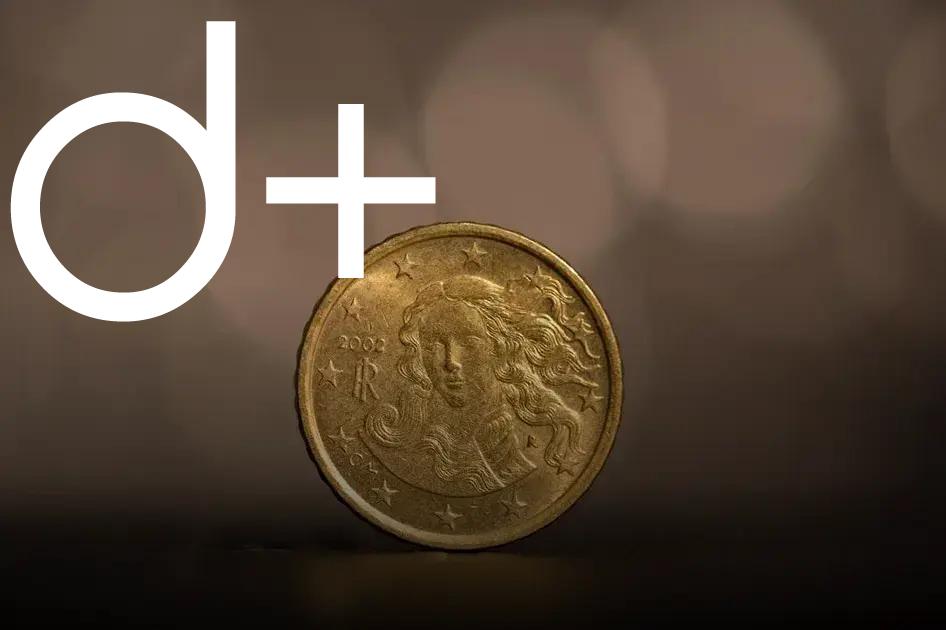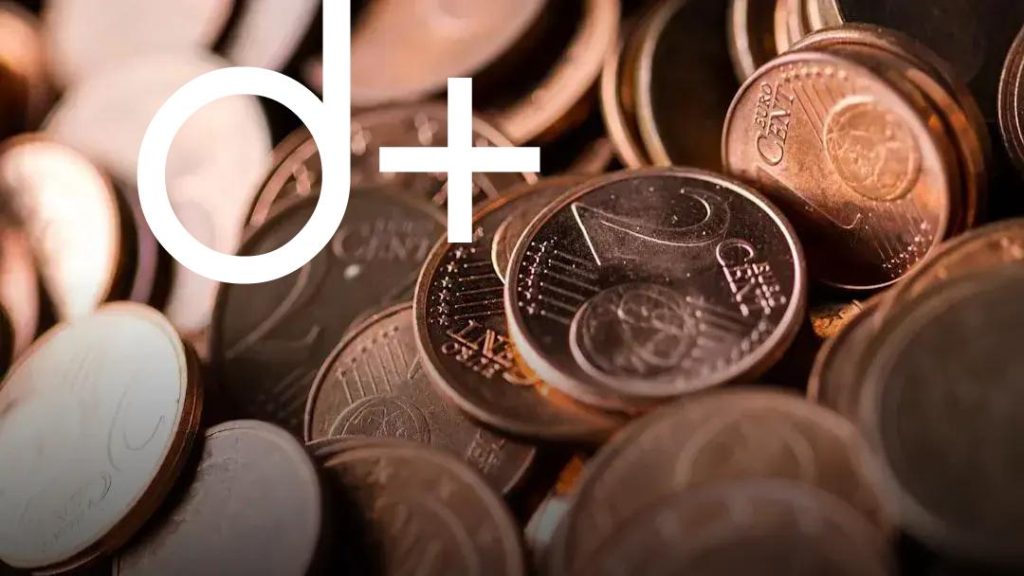The crypto community eagerly anticipates Bitcoin halving events due to their potential to impact crypto prices. Understanding what happens after a Bitcoin halving is crucial for investors. In this post, we’ll explore historical price changes, market sentiments, and expert predictions. Discover how these events could influence your investment strategies.
Understanding Bitcoin Halving
Bitcoin halving events are pivotal moments that occur approximately every four years. These events are crucial for the Bitcoin network because they reduce the reward miners receive for adding a new block to the blockchain by half. Because of this mechanism, the total supply of Bitcoin is capped at 21 million. When the block reward is halved, the rate at which new Bitcoins are generated also decreases. This creates scarcity, which, according to basic economic principles, could potentially lead to an increase in Bitcoin’s price. Scarcity is an essential factor in influencing demand. With fewer new Bitcoins entering the market, assuming demand remains the same or increases, the price may rise. However, this isn’t the only factor to consider.
The impact of Bitcoin halving on crypto prices
extends beyond basic supply and demand. It can also be affected by several other factors, such as market sentiment and speculation. Each halving event tends to attract significant attention from investors, leading to heightened expectations and speculative trading activity. Moreover, historical analysis suggests that Bitcoin’s price both before and after a halving event has displayed notable changes. Past events have led to significant price hikes after some time, but the market is subject to volatility, and past performance is not indicative of future results. Therefore, investors are advised to look at historical trends but not to rely solely on them when predicting future price movements.
Historical Price Changes Post-Halving

The phenomenon of Bitcoin halving has consistently sparked notable discussions around its influence on cryptocurrency prices. Historically, Bitcoin halving events have been precursors to bullish trends, although the timing and magnitude of these trends can greatly vary.
When examining past halvings, it’s observed that they often lead to decreased supply and increased demand, theoretically causing price surges. For instance, after the 2012 halving, Bitcoin’s price rose significantly, reaching over $1,000 by late 2013. Similarly, the 2016 event saw Bitcoin climbing steadily, doubling its value by the end of the next year.
In 2020, another halving event occurred, which was initially followed by a period of relative stagnation. However, the ensuing months brought substantial appreciation in Bitcoin’s value, peaking at unprecedented levels through the end of 2020 into 2021. The marketplace conditions vary each time, but the pattern observed across these events underscores a key characteristic: a delayed yet potent impact on prices.
It is essential to recognize that while these patterns offer insights, they do not guarantee future outcomes. Each Bitcoin halving takes place amidst different economic climates and market sentiments, profoundly affecting its aftermath. Investors often closely monitor historical trends to gauge potential price movements, though results can be unpredictable.
Factors Influencing Crypto Prices
Several factors can impact the prices of cryptocurrencies in the market. One of the significant influences is supply and demand dynamics. Bitcoin, for example, has a capped supply, and events like halving reduce the rate at which new coins are mined, thus affecting supply. As the supply becomes limited, demand can cause prices to fluctuate significantly.
Another crucial factor is regulatory developments. Regulations from governments worldwide can have a positive or negative impact on crypto prices. Positive regulations, such as those that provide more clarity or open markets, often lead to price increases, while strict regulations can result in downturns.
The role of investor sentiment cannot be overlooked. Media reports, tweets from influential figures, and macroeconomic events can sway public opinion and directly influence buying or selling behavior.
Moreover, institutional adoption plays a part in driving prices. When institutions like banks or large funds establish positions in cryptocurrencies, it typically brings more credibility and liquidity to the market, potentially driving prices up.
Lastly, the relationship between technological developments and network improvements is significant. Technological advancements can lead to greater efficiency and security in blockchain networks, which may enhance the value of the currency involved.
Market Sentiment and Speculation

The dynamics of market sentiment and speculation play a pivotal role in shaping cryptocurrency prices, especially post a Bitcoin halving event. Investors often rely on the psychological factors and expectations that surround the halving to guide their trading decisions. A halving can often lead to increased speculation about future price increases, as the reduction in bitcoin rewards is anticipated to cut new supply, often pushing up prices.
This speculative behavior sometimes results in a bullish sentiment, as traders anticipate that the scarcity introduced by the halving will lead to a price surge, attracting more buyers to the market. It is not uncommon for social media and forums to amplify this sentiment. Traders and investors, both retail and institutional, closely watch such discussions as they can influence buying and selling behaviors significantly.
It’s essential to understand that market sentiment is not always rational and can lead to volatile price movements. Sudden changes in sentiment could either fuel rapid price increases or precipitate sharp declines, leading to high volatility. Monitoring changes in sentiment through tools like the Crypto Fear & Greed Index can provide valuable insights into overall market perceptions and help predict potential price movements after the event.
Expert Predictions and Insights
Bitcoin halving events are significant milestones in the cryptocurrency world, drawing attention from investors to seasoned analysts. During these times, expert predictions offer invaluable insights into future trends. Industry leaders often anticipate changes in market dynamics, considering historical patterns and emerging technological developments. While predictions vary, some experts suggest that halving events could instigate increased scarcity, potentially driving prices upwards.
Research from financial analysts indicates that the halving event tends to compress the supply-demand scale, thereby enhancing Bitcoin’s market value over time. Beyond scarcity, technological advancements such as improvements in blockchain efficiency can dictate price shifts. Notably, experts highlight that the broader economic environment, including regulatory changes, plays a pivotal role.
Veteran traders emphasize the post-halving period as one filled with opportunity and volatility. They often suggest a strategic investment approach, considering long-term gains rather than immediate returns. Insights from economists have also pointed toward potential shifts in investor behavior, with a growing interest from institutional players. Such involvement could stabilize the market, lending credibility and buoying prices.
While expert opinions provide guidance, the inherent volatility of cryptocurrencies remains a critical consideration. Many forecasters underscore the necessity of continuous market analysis, staying attuned to geopolitical factors, and regulatory changes impacting cryptocurrency legitimacy on a global scale.







![BANNER 1 - HOME [QUADRADO]](https://dailyfindinvestment.com/wp-content/uploads/2025/01/BANNER-300-X-300.gif)
